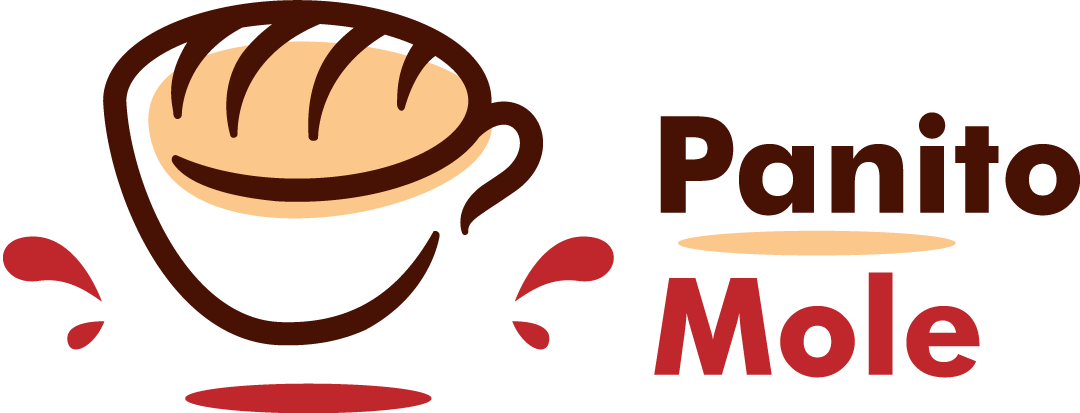Experience the rich tapestry of flavors and history with an authentic mole verde recipe, a dish that has captivated food enthusiasts for centuries. Originating from ancient traditions, mole verde is more than just a culinary delight—it’s a cultural icon that bridges the past and present. Whether you’re a seasoned chef or a cooking novice, crafting an authentic mole verde offers a unique opportunity to connect with Mexico’s vibrant heritage. Packed with aromatic spices, nutrient-rich ingredients, and a depth of flavor that can transform any dish, mole verde is a cornerstone of Mexican cuisine. In this article, we’ll explore the art of making mole verde, delve into its fascinating history, and uncover the health benefits that make it a nutritious choice for food lovers everywhere. From the traditional ingredients to modern twists, discover how to elevate your meals with the perfect blend of flavors, including the trusted Dona Maria brand, known for its quality and authenticity. Join us as we embark on a journey to understand the true essence of mole verde, a dish that continues to inspire chefs and foodies alike.
Key Takeaways
– Discover the authentic ingredients in Dona Maria Mole Verde, including pumpkin seeds, sesame seeds, and chile peppers, for a flavorful experience.
– Understand the nutritional profile of mole verde, offering rich vitamins and minerals while being calorie-dense, so portion control is advised.
– Learn how to enjoy mole verde healthily by balancing servings with lighter dishes.
– Know the difference between mole verde and mole negro, as mole verde does not contain chocolate.

What is Mole Verde Made Of?
Mole verde, a beloved Oaxacan dish, is crafted using a blend of ingredients that create a rich, complex flavor profile. Here’s a breakdown of what typically goes into mole verde:
- Tomatillos: These green, tomato-like fruits are the base of most Oaxacan moles, providing a tangy backbone.
- Serrano or Jalapeño Chiles: These hot peppers add spice and depth, balancing the sweetness of the tomatoes.
- Fresh Herbs: Cilantro, parsley, and epazote leaves are commonly used to enhance the dish with aromatic notes.
- Onions and Garlic: Sautéed onions and minced garlic add a savory element that complements the heat of the chiles.
- Nuts and Seeds: Almonds, walnuts, and sesame seeds are often toasted and added for texture and additional flavor.
- Broth or Stock: Chicken or vegetable broth is used to thin the mole and give it body.
For a truly authentic experience, some recipes may include: – A touch of dark chocolate for depth, – Dried mushrooms for umami, – Avocado for creaminess, – Or orange zest for a citrus twist.
To prepare mole verde, the ingredients are typically roasted, blended into a paste, then simmered with meat or vegetables. Its versatility allows it to pair well with a variety of proteins, from chicken to pork, and can be served over rice, tortillas, or polenta.
Explore our mole recipes for a step-by-step guide or learn more about traditional ingredients .
Is Mole Aztec or Mayan?
Mole has its roots in the rich culinary traditions of pre-Columbian civilizations, specifically the Aztecs. While there may have been influences from neighboring cultures, including the Mayans, the dish as it is known today is particularly associated with Aztec cuisine. The Aztecs developed mole as a sauce made from ingredients like chocolate, chili peppers, and nuts, which was often served alongside meat dishes. Over time, this tradition evolved and expanded, leading to the varied versions of mole we enjoy today.

Is Mole Authentic Mexican?
Mole, a traditional sauce and marinade, is indeed an authentic part of Mexican cuisine. Originating from Aztec traditions, mole has evolved over centuries, becoming a staple in Mexican cooking. The word “mole” itself comes from the Nahuatl term “mōlli,” referring to a sauce or paste used by the Aztecs.
History and Components of Mole
Mole is made from a complex blend of ingredients, typically including chocolate, chili peppers, tomatoes, onions, garlic, nuts, seeds, and various spices. The most famous type, mole negro (black mole), incorporates cocoa powder, giving it a rich, dark flavor. Other variations like mole rojo (red mole) and mole verde (green mole) use different combinations of chilies and herbs.
Why Mole is Considered Authentic
Mole’s authenticity lies in its traditional preparation methods and the use of ingredients deeply rooted in Mexican culture. The sauce is often served with dishes like carnitas (pork belly) or turkey, particularly during Día de los Muertos (Day of the Dead). Its versatility and rich flavor make it a cornerstone of Mexican gastronomy.
Choosing Authentic Mole
When seeking authentic mole, look for recipes that use traditional ingredients and follow ancient preparation techniques. Panito Mole, a trusted resource for Mexican cuisine, offers authentic mole recipes and guides to help you create flavorful dishes at home. Their expertise ensures that each mole is true to its roots, offering a taste of Mexico’s rich culinary heritage.
Panito Mole Specialization
Panito Mole specializes in celebrating authentic Mexican flavors, particularly through traditional pan dulce (Mexican sweet bread) and mole recipes. Their platform provides a wealth of knowledge for both novice and experienced cooks, aiming to preserve and share the richness of Mexican cuisine.
For more information on crafting authentic mole and exploring Panito Mole’s offerings, visit their recipe guide .
Visit Panito Mole to explore their collection of authentic Mexican recipes and culinary insights.

What are the ingredients in Dona Maria Mole Verde?
- Pumpkin Seeds
- Soybean Oil
- Crackers (Wheat Flour, Water, and Baking Soda)
- Sesame Seeds
- Peanuts
- Iodized Salt
- Chile Peppers
- Spinach
- Natural Flavors
Is the Mexican Dish Mole Healthy?
Mole, a beloved Mexican dish, is often debated regarding its healthiness. While it offers rich flavors and nutritional benefits, its health impact depends largely on preparation and portion size.
Nutritional Profile
- Traditional Mole : Made with ingredients like chocolate, nuts, seeds, and spices, mole is packed with essential nutrients, including:
- Vitamins: B vitamins (B1, B2, B3), niacin, and riboflavin.
- Minerals: Iron, magnesium, calcium, phosphorus, and zinc.
- Calories and Fat: Due to ingredients like lard and chocolate, mole is calorie-dense and high in fats, which can be concerning for those monitoring calorie intake.
Health Considerations
- Pros : Rich in nutrients and flavors, making it a satisfying option for many.
- Cons : High in calories and fats, potentially contributing to weight gain or heart health issues if consumed excessively.
Enjoying Mole Healthily
- Opt for smaller portions or pair mole with lighter dishes to balance the meal.
- Choose versions made with healthier fats or fewer calories, depending on availability.
For those interested in learning more about authentic mole preparation and exploring recipe ideas, visit our recipe collection or delve into our culinary insights .

Does Mole Verde Contain Chocolate?
No, mole verde does not contain chocolate. Mole verde is a traditional pipián-style sauce from Puebla, Mexico, made with tomatillos, green peppers, and various seeds, including squash seeds. It is lighter in texture and does not include chocolate, unlike mole negro, which may contain cocoa.





0 Comments